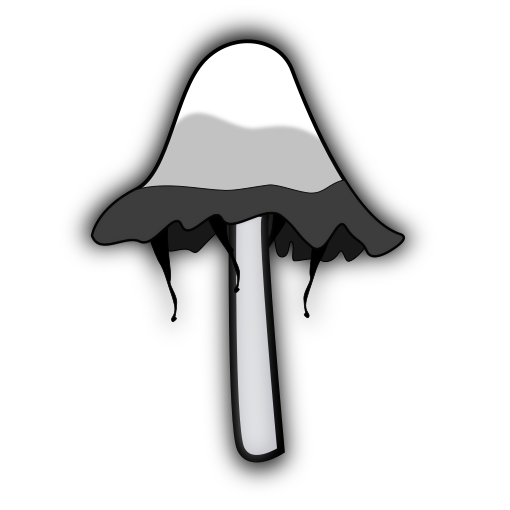TL;DR: Urea is a great supplement for substrates and culture media!
Background:
Fungi, need , next to an energy source (e.g. wood), nitrogen to grow. If too little nitrogen is available, growth suffers, which increases the risk of contamination, and yields also decrease.
Some species of fungi, including oyster mushrooms, turn into carnivores under these circumstances and secrete a secretion that attracts flies, which are then digested by it, along with their larvae.
Unfortunately, this is sometimes not only disgusting, but also introduces a lot of contamination.
Therefore, many growers use supplemented substrate, for example HWFT with grain- or soy hulls. This supplementation increases the nutrient content, but also the risk of contamination, which is why it must always be handled sterilely and be autoclaved. However, many growers do not have the capacity or want to do this.
For agar and liquid media, yeast extract or peptone is often used. Yeast extract colours the solution strongly, and peptone is somewhat expensive and difficult to obtain.
This is where AdBlue comes in. This is normally used for diesel vehicles to prevent the formation of harmful exhaust gases. AdBlue is a pure 33% urea solution, available at any petrol station for 2€/ litre. Urea is a very bioavailable source of nitrogen, which why it is also used in agriculture as a fertiliser. You know where I want to go…
Set-up of my experiment:
Agar medium:
- 4 plates with different urea concentrations were prepared. 0 g/l (reference), 0.25 g/l, 0.5 g/l and 1 g/l.
- base recipe: 40 g/l rice syrup, 17 g/l agar, 1l tap water (addition: the amount of rice syrup was too much back then, I halved it now for future recipes)
- the plates were inoculated with oyster mushroom culture (same size agar transfer of a fresh clone)
- the plates were regularly checked and photographed
- and then I compared the growth (appearance and size of the mycelium).
Substrate:
25 g gypsum, 2.5g urea and 2l water were added to 1 kg dry matter (hardwood fuel pellets).
The reference was identical, only without the addition of urea.
Approx. 500g of Grainspawn was added to the bucket (total content: approx. 3kg) and this was stored warm for growing.
Results:
Agar (after one week):
- Reference: little visible growth, mycelium looks very weak. Very fine, almost invisible hairs over the petri dish.
- 0.25 g/l: best growth. Very fast and dense
- 0.5 g/l: similar to 0.25 g/l
- 1 g/l: very strong/dense mycelium (almost rhizomorph), but slow growth.
After 2.5 weeks:
As after one week, only stronger (reference is now very overgrown with air mycelium, 0.25 looks best, 0.5 similar, 1 g/l little growth).
Substrate:
Bucket is almost completely overgrown after only a few days Imgur, 3 days; after one week completely. Imgur, 3 days/1 week
After 2 weeks it became a solid white block. Normally this takes almost a month for me!
Update, after only 16 (!) days:
The first pins were already forming just a few hours after posting! Imgur, bucket after 16 days No visible primordia on the reference bucket without urea…
Yield:
I will post/edit as an update later.
Normally it takes about a month for the first pins to appear for me. With the supplemented buckets it seems to take a bit longer so far. It didn’t quite look like primordia were appearing yet.
The reference is already forming the first spots, which indicate that fruiting is imminent.
Further thoughts:
- Urea has an effect on growth
- I will use it in the future in my agar media and LCs at 0.3 g/l (1ml per liter)
- Effect on substrate and yield is TBD


Ah, cool!
Hahaha, well, the explanation that you’ve provided is perfectly solid reasoning for deciding that 2.5 g is a good amount to test with :D